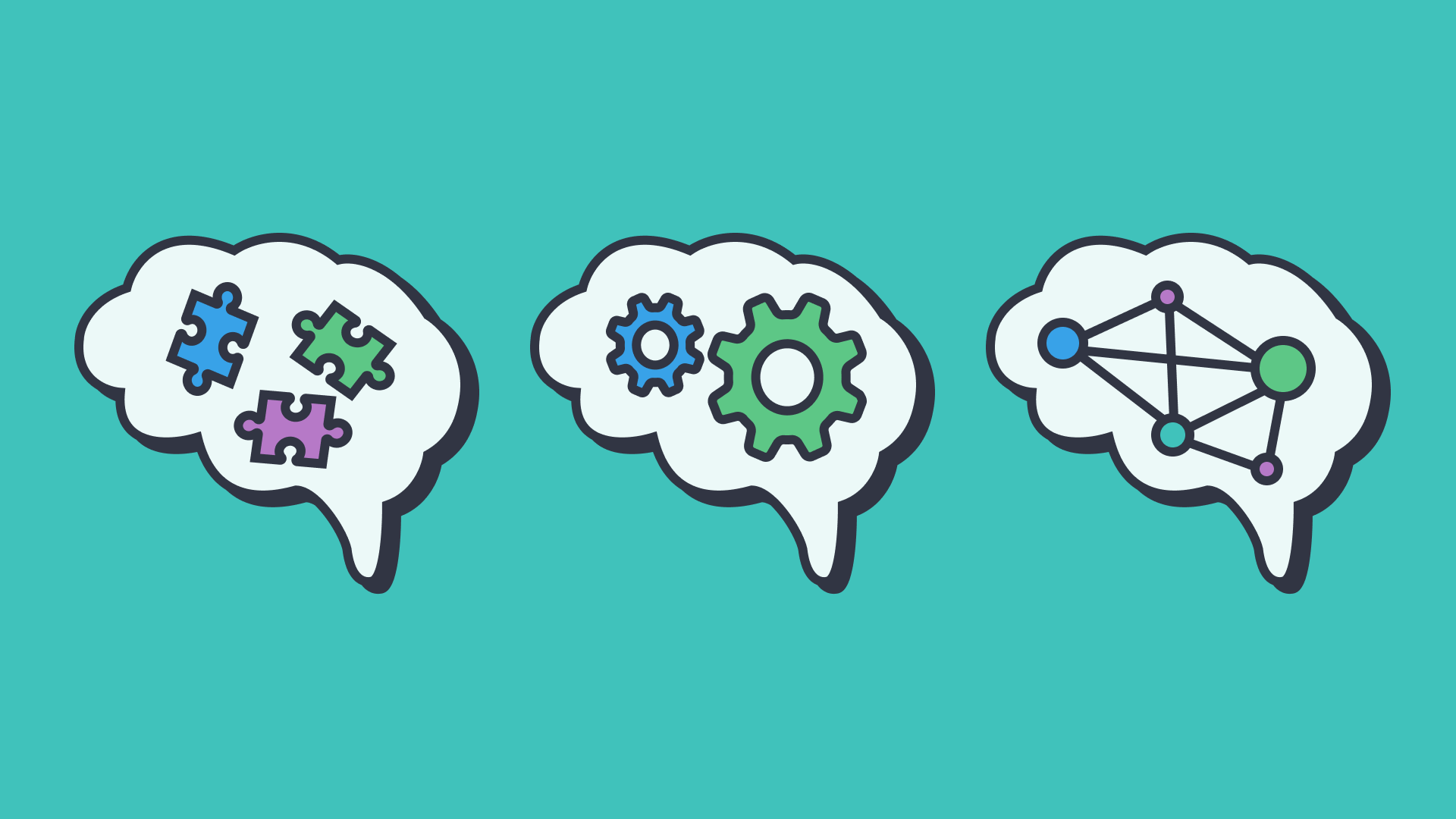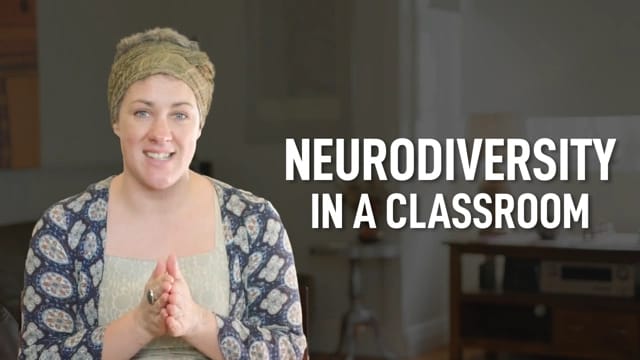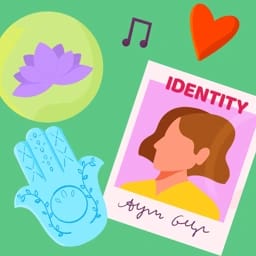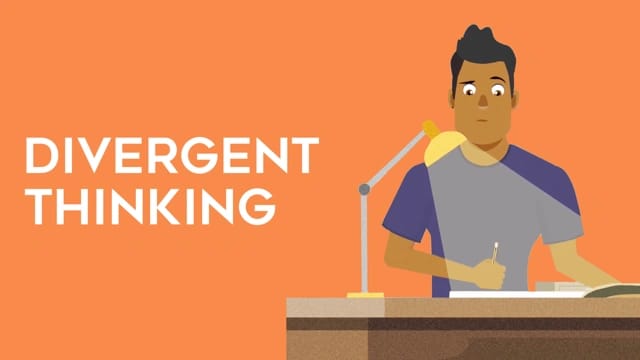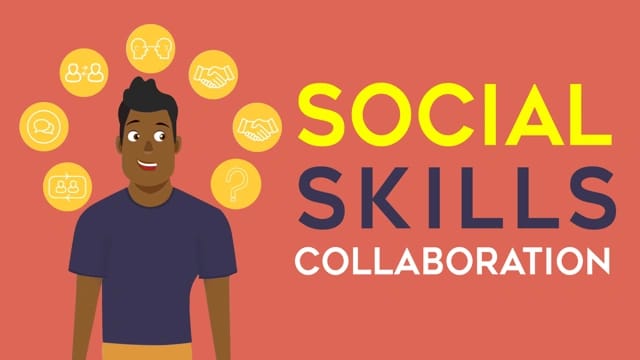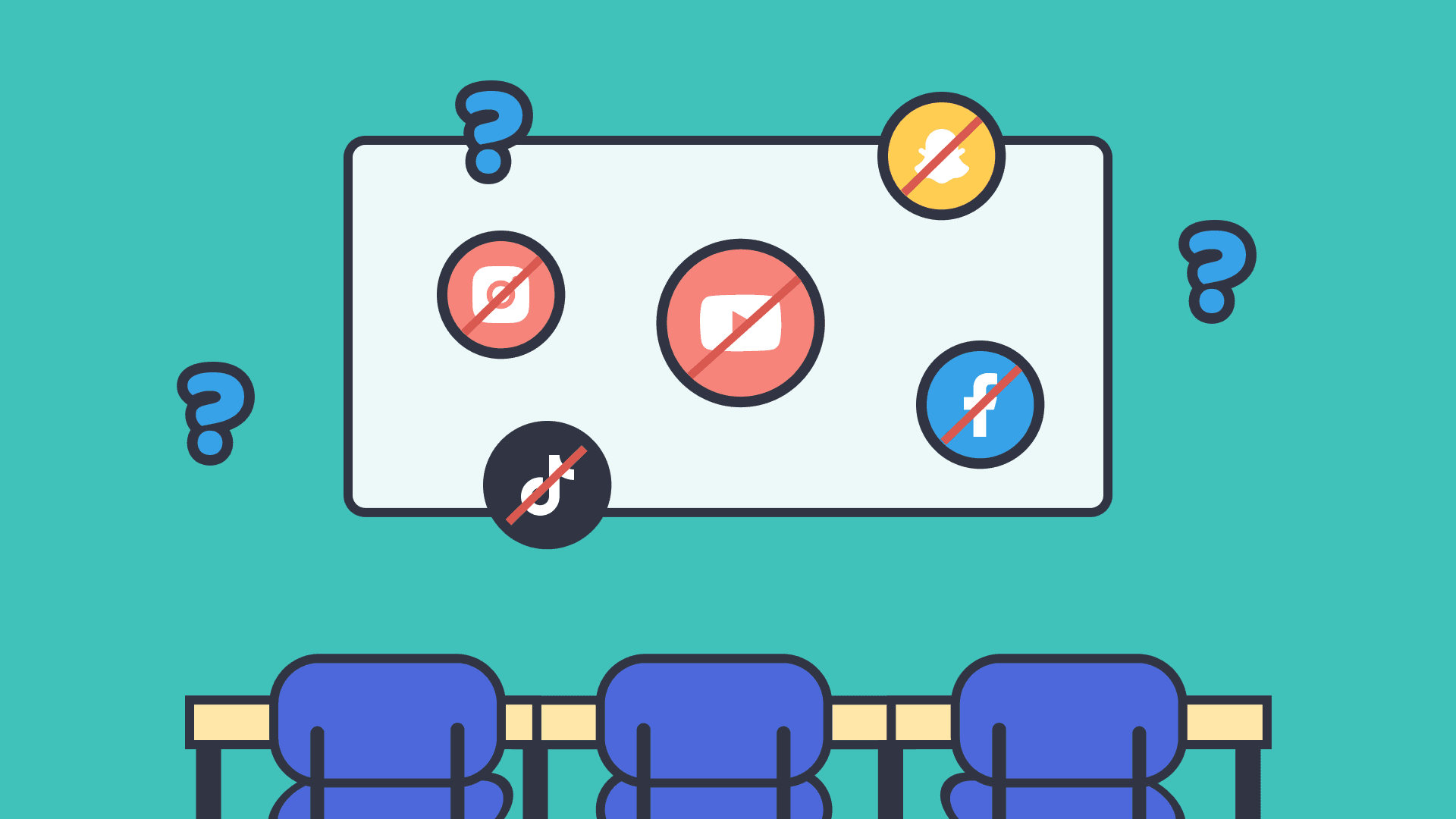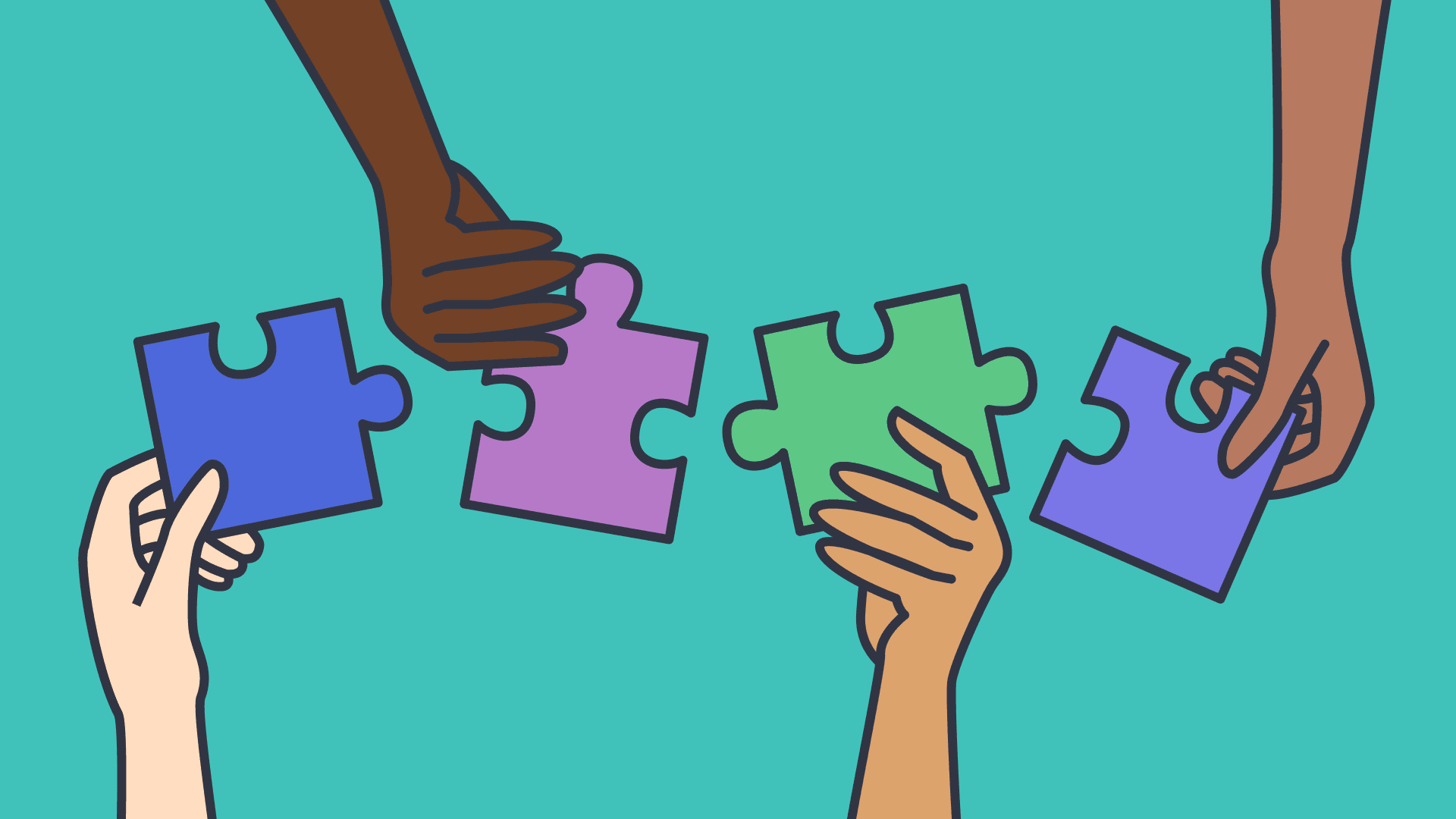7 Strategies to help with teaching neurodivergent students
In this guide
Neurodivergence refers to the unique and different ways an individual’s brain processes information and work. As an educator, it is important to understand that students who process information differently will need personalised instruction to support their learning success.
Understanding how neurodivergent students learn supports best practices in education, ensuring that all students succeed academically, mentally, and socio-emotionally and promotes equity and inclusivity while building diverse learning environments.
There is no one-size-fits-all strategy for supporting neurodivergent students because each student has unique learning needs and requires a tailored approach to effectively support these students. Neurodivergence includes various conditions such as ADHD, autism spectrum, dyslexia, and others.
In my art classroom, I sometimes faced challenges with keeping students who have ADHD on task, focused and motivated to finish the art projects that required a good deal of time or complexity to complete. I managed this situation by utilising adaptable teaching strategies designed to break a larger art lesson down into shorter and more manageable activities.
For example, during a lesson on watercolour techniques I noticed one of my students who had ADHD was having difficulty staying focused during the longer guided demonstrations and practice sessions. To address this issue and adapt my instruction to better serve this student, I broke the demonstration and practice down into mini-lessons that focused on dynamic hands-on learning experiences, reducing a 20-min guided demonstration into four 5-minute mini-lessons which focused on one technique at a time.
After each mini-lesson the students were given a hands-on learning experience/practice session where they could immediately put into practice the new technique they had just learned in a low-pressure environment.
This approach not only helped the students with ADHD, but it also actually helped all the students to remain focused and engaged in the project. Students were also able to explore the concept of making gradients and textures with watercolour through these mini-lessons in a way that fostered their confidence in using these painting techniques.
As I reflect on this experience as an educator, I realise how critical it is to tailor instruction to accommodate the needs of all students, which leverages each student’s strength and sets the stage for all students to succeed.
This article explores innovative and effective ways to support the wide range of neurodivergent students in your classroom. We will examine three of the most common types of neurodivergence and explore classroom strategies for supporting each type’s unique learning needs.
What is neurodivergence?
According to the University of Washington:
Neurodiversity is the diversity of human brains and minds – the infinite variation in neurocognitive functioning within our species.
University of Washington, n.d.
In other words, it refers to the unique and different ways that an individual’s brain functions and processes information. Understanding neurodiversity in this way helps reframe it. It shifts the focus from seeing it as a deficit to recognising that it is a natural variation of the human body and thus reflects diversity in the cognitive realm. Under the umbrella of neurodivergence, there is a wide variation of neurocognitive functioning including, but not limited to, Attention Deficit Hyperactivity Disorder (ADHD), Autism Spectrum Disorder (ASD), and Dyslexia.
Strategies for three common types of neurodivergence
Strategies to support students with ADHD
ADHD is typically characterised by students struggling with impulsivity, losing focus, and demonstrating hyperactivity (Centers for Disease Control and Prevention, n.d.). Strategies aimed at supporting these students staying on task, being engaged and attentive.
1) Chunking information & visual aids

Educators should break learning tasks down into small, manageable steps. Organising learning in this way can support ADHD students by reducing their feeling of being overwhelmed by an assignment, especially a complex one.
Some tools for organising learning into chunks include graphic organisers, colour-coded and categorised learning, and checklists. These visual aids function as scaffolding for ADHD students by giving them a tangible and visible anchor that helps to ground their focus:
- Graphic organisers: For example, students might use a graphic organiser to help them organise their thoughts before writing a paper.
- Colour coding: They might use colour-coded folders or colour-coded calendars to assist them in organising their homework or meeting deadlines.
- Task boards: A task board is another way to categorise learning into manageable chunks and motivate students. Students can move visual cues from one task to another throughout a project. Coloured Post-it notes can be shifted from “To Do” to “Doing” to “Done”.
- Checklists: A checklist not only provides a visual that a task is complete but can also function as a tool for helping students feel a sense of accomplishment.
Visual aids are crucial for helping students with ADHD process information more effectively.
Resilient Educator, n.d.
2) Body and brain breaks
Have you ever sat in one spot for hours? If you have, you know how quickly your body will become sore. Imagine going from classroom to classroom for hours throughout the school day and being expected to return to a sitting position and stay still!
Body and brain breaks are important for blood flow, increasing energy, focus, and overall well-being. Allowing students to stand, stretch, and move improves their attention and gives the body a much-needed break from being stuck in the same position for long periods of time. Teachers can strategically plan these breaks to coincide shifts between topics or tasks. Mindful practices can also be used to provide brain breaks and re-energise students.
In my classroom, I implemented reflection pauses into the students’ workflow to keep students focused on the artistic choices they were making and create manageable chunks of work time in the art classroom.
I recall one student in particular in my Advanced Placement sculpture course whose attention would wane during complex work sessions that required her prolonged focus on building a sculpture for her portfolio submission. To accommodate her needs, I restructured the course so that every 15 minutes, students would pause and reflect. I would prompt students by asking questions about their artworks like, “What is one thing about this artwork that you want to improve at this stage?” or “What is working in this piece and why?” These reflective questions were designed to engage students in thinking critically about what they had accomplished thus far and think about what next steps they needed to take.
This strategy was very effective in helping the sculpture student to stay engaged, think about her progress, and reassess the creative choices she had made, and also provided smaller chunks of working time that kept her on task and motivated. The bonus benefit was that all students found these reflective pauses and guided questioning to help them improve their artwork, self-assess, and think about thinking (metacognition). This experience highlights the importance of utilising brain breaks in creative and flexible ways.
Strategies to support students with Autism Spectrum Disorder (ASD)

ASD presents itself as diversity in social interaction, behaviour, and communication. Often associated with this condition are sensory sensitivities, such as light or noise (National Institute of Mental Health, n.d.).
Support these students by creating learning environments that are structured and predictable. This can be achieved by incorporating strategies like creating sensory-friendly classrooms, practising social skills, and creating predictable learning environments.
While not necessarily part of the academic curriculum, helping students with ASD learn to develop social skills can be a major game-changer in the classroom. For example, set up opportunities for students to practise their social skills with peers.
Meet-and-Greets or other structured peer interactions during lunchtime or free time can provide an opportunity for these students to be paired with a peer and role-play, practice conversation starters, and take turns practicing engaging with one another. It’s a low-pressure way for these students to build their confidence in social settings.
4) Sensory-friendly classrooms
To support students who are sensitive to light or noise, teachers can provide noise-cancelling headphones, designate quiet areas or times in the classroom, and supplement harsh overhead fluorescent lighting with softer lamp lights throughout the learning environment. Educators can create calm corners in the classroom, incorporating soft surface furniture, such as bean bags or throws. Spaces like these often become sanctuaries for students who need to escape sensory overload.
The STAR Institute for Sensory Processing Disorder explains, “Sensory accommodations can make a world of difference for students with ASD” (STAR Institute for Sensory Processing Disorder, n.d.).

5) Predictable learning environments
According to the National Research Council, “a structured environment can significantly aid the learning process for children with autism” (National Research Council, 2001).
Students with ASD need schedules and visual aids to support their learning. For example, step-by-step instructions with visual cues, visual timetables, and task cards.
Creating a classroom environment where each student knows what to expect will greatly reduce student anxiety and create a sense of safety in the learning environment.
Teachers can use auditory and visual cues to indicate transitions between subjects, display a large timer that counts down the time to transitions during the school day, or even create a large visual schedule that delineates the routines throughout the day and is displayed in the classroom where students can see it and instantly know what to expect next.
These strategies help students with ASD mentally prepare for change throughout the school day, reducing anxiety and helping them focus on upcoming tasks.
Strategies to support students with dyslexia
This learning disorder is marked by processing issues with phonology, which impacts the student’s ability to decode words and affects reading and spelling ability as well (Mayo Clinic, n.d.). Assistive technology and implementing Multisensory Structured Language Teaching (MSLT) in the classroom are key to supporting these students.
6) Using multisensory structured language teaching
This teaching approach incorporates multiple sensory strategies to support students with dyslexia in the classroom. Visual, kinesthetic-tactile, and auditory skills are used together to improve the learning and retention of words and written language for these students. Research supports that MSLT “Improves reading and spelling skills in dyslexic students” (International Dyslexia Association, n.d.).
For example, while saying the letters or words aloud, a student might also trace over the lettering for that word. Additionally, specific instruction in phonics that facilitates students practising letters and sounds is an effective strategy for students with dyslexia.
Phonics instruction must be explicit and systematic for dyslexic students to benefit.
National Research Council, 2001
7) Using assistive technology
Utilising tools such as speech recognition software, writing assistance software, Text-to-Speech (TTS) Readers, phonetic spelling software, and audiobooks and online storybooks allow these students to access the curriculum without having to struggle to decode written language.
According to the International Dyslexia Association, Technology can bridge the gap for dyslexic students, making reading and writing more accessible” (n.d.). A technological approach that has begun to gain traction as an innovative strategy for providing multisensory experiences for these students that helped to learn retention and reading fluency was the use of augmented reality (AR) apps, which allow the student to both see and hear words as they trace them on their devices.
Conclusion
Supporting neurodivergent students to ensure their academic success requires flexibility on the part of the educator, collaboration with specialists, professional development for educators and building relationships with these students. “The teacher-student relationship is critical in creating a supportive learning environment” (Resilient Educator, n.d.).
Implementing the strategies shared here is a first step in creating an empathetic classroom and demonstrates a compassionate approach to pedagogy (NCBI, 2023). Embracing the unique contributions of neurodiverse students in the classroom and creating learning environments that support these students fosters inclusive and enriching educational experiences for all students.
References
- Centers for Disease Control and Prevention. “ADHD.” Accessed June 16, 2024. https://www.cdc.gov/adhd/about/?CDC_AAref_Val=https://www.cdc.gov/ncbddd/adhd/facts.html.
- “Compassionate Pedagogy for Neurodiversity in Higher Education: A Conceptual Analysis.” 2023. Accessed June 13, 2024. https://www.ncbi.nlm.nih.gov/pmc/articles/PMC9978378/.
- International Dyslexia Association. Bright Solutions for Dyslexia. “Multisensory Structured Language Teaching.” Accessed June 14, 2024. https://www.dys-add.com/resources/General/IDA-SimultaneouslyMultisensory.pdf.
- Mayo Clinic. “Dyslexia.” Accessed June 14, 2024. https://www.mayoclinic.org/diseases-conditions/dyslexia/symptoms-causes/syc-20353552.
- National Institute of Mental Health. “Autism Spectrum disorder.” Accessed Jun 14, 2024. https://www.nimh.nih.gov/health/topics/autism-spectrum-disorders-asd.
- National Research Council. Educating Children with Autism. Washington, DC: The National Academies Press, 2001.
- Resilient Educator. “Teaching Strategies for Neurodivergent Students.” Accessed June 16, 2024. https://resilienteducator.com/classroom-resources/teaching-strategies-neurodivergent-students/.
- STAR Institute for Sensory Processing Disorder. “Creating Sensory-Friendly Classrooms.” Accessed June 16, 2024. https://www.spdstar.org/.
- University of Washington. “What Do Neurodiverse and Neurodivergent Mean?” Accessed June 16, 2024. https://www.washington.edu/doit/what-do-%E2%80%9Cneurodiverse%E2%80%9D-and-%E2%80%9Cneurodivergent%E2%80%9D-mean.

NaJuana Lee
briefcase iconSr Director of Learning and Development | Curriculum Design Expert
Dr. NaJuana P. Lee has a unique blend of expertise combining over 10 years of experience in both secondary and post-secondary education and 15+ years as a curriculum development expert. Her contributions have empowered teachers worldwide with culturally competent, innovative and engaging curriculum and teaching materials designed to facilitate all students succeeding.
Other posts
Want more content like this?
Subscribe for blog updates, monthly video releases, trending topics, and exclusive content delivered straight to your inbox.

